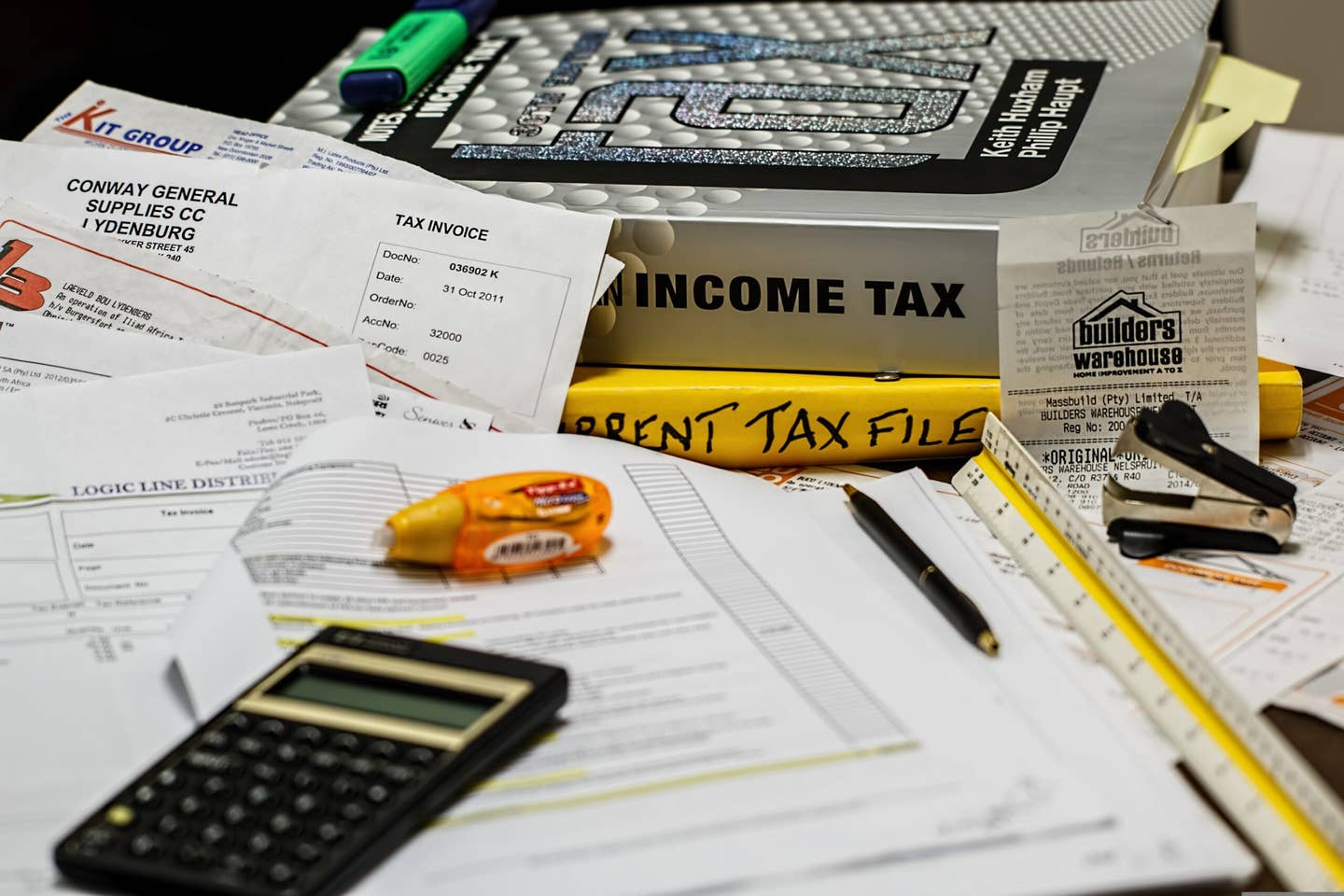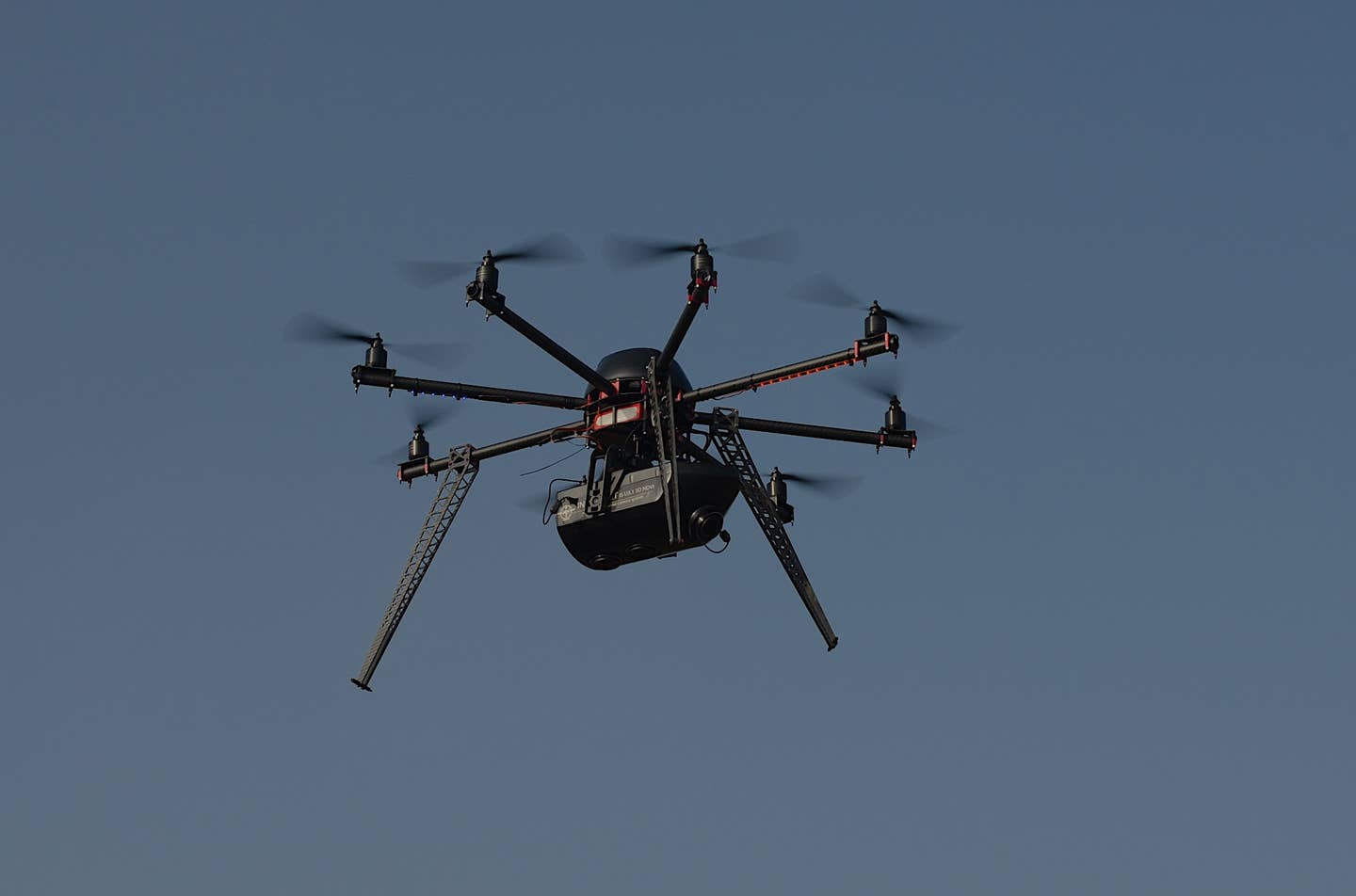Electric Airplanes: Bailing Out?
The week saw both NASA and Tecnam bail on electric projects. Maybe it’s not so much a shakeout as the developers starting to ask: What are we getting out of this?

Given how much information hurls at us through our phones, our tablets and computers, not to mention the odorous miasma of cable news, you have to have either a heightened appreciation for the absurd or some kind of low dB auto filter just to make it to lunch. It’s not often that the deafening dissonance emerges from the sleepy world of general aviation, but we laid one on ya last week.
There, juxtaposed almost side by side, was a story about NASA abandoning its multi-propellor electric X-57 Maxwell project as unflyable while Daher, Safran and Airbus whisked the cover off a multi-prop electric aircraft at the Paris airshow. They said it has flown 27 test hours. Below the fold in that week’s news, Tecnam said it’s suspending work on its P-volt twin, an electric airliner based on the piston-powered P2012. So bottom-lining it here, NASA and Tecnam said no way to electrics (at least for now) while Daher, Safran and Airbus are signaling forward march.
Is this the shakeout of electric projects, which is the natural way of things for new technologies? It could be, but I prefer to think it’s the industry evolving to what I’d call the what-exactly-do-we-get-out-of-this? phase. I thought Tecnam’s explanation was refreshing, if a little corporatese: “The proliferation of aircraft with ‘new’ batteries would lead to unrealistic mission profiles that would quickly degrade after a few weeks of operation, making the all-electric passenger aircraft a mere ‘Green Transition flagship’ rather than a real player in the decarbonization of aviation.”
Let me clarify. They’re saying battery capacity/health would so limit the practical economics of the airplane that it would be nothing but a greenwashed hangar queen. I’m guessing what they didn’t say is that the project was worth an initial exploratory investment, but not millions in real development. The money is better spent elsewhere.
In NASA’s case, the X-57 Maxwell was intended to investigate efficiencies in using multiple electric power units—a dozen altogether—to blow air across a high-aspect low-drag wing. The idea was that all of the motors would be used for takeoff, then the props feathered for cruise flight. The energy source was to be batteries. NASA didn’t offer much detail on why they determined the project was unflyable, just that certain subsystems lacked maturity and wouldn’t be ready in the time allotted to finish the $87 million program. That seems like a lot for an experimental program, but then it is NASA. It had significant cost overruns. The theoretical get was higher cruise efficiency and exchange for the Goldbergish mechanical chaos of 12 engines. OK, so it’s pure research and that’s good. And for cripes sake, it is an X-plane.
I don’t want to read too much into these developments but I don’t want to read nothing, either. I think what we’re seeing is that conventional aircraft converted to electric propulsion are problematical at best, unlikely at worst. They’re too heavy, too draggy and given current battery energy density, just won’t have practical payload. I would apply that assessment to projects like Harbour Air’s electric Beaver but maybe not Ampaire’s EcoCaravan, a hybrid that uses batteries in parallel with a RED AO3 V-12 diesel.
Ampaire intends to convert existing airframes into hybrid EcoCaravans and claims to have 50 orders. They want it to be in service by next year, but such claims have proven vaporous in the past. The claimed advantage is lower fuel consumption and emissions against a tradeoff of less speed, less payload and shorter range, plus the complexity of displacing a turbine with a piston engine. Real numbers on economics aren’t available yet, but a would-be buyer would have to rank emissions concerns above that extra few hundred pounds of paying cargo. These buyers do exist, but unknown is if there are enough of them to make a profitable market.
As battery performance continues to be a barrier, companies are realizing hybrid designs may be the only approach to electrify small aircraft in a way that will cause buyers to see reasonable value. Like their plug-in battery counterparts, these airplanes are likely to be slower and have less range and payload than ICE-powered airplanes. But the practicality and marketability are, again, unknown. The attraction is maybe less noise and the holy grail of decarbonizing aviation.
Recall that Pipistrel, the undisputed leader in actually building and fielding electric airplanes, has designed and flown a hybrid version of its Panthera four-place HPSE. It has batteries in the wings and a Rotax driving a generator. Its duty cycle might be to take off on the batteries to reduce noise, cruise on the gasoline engine and land with the electrics. But is reduced noise and emissions enough to buy it instead of a better performing gasoline version? Wouldn’t be for me. Pipistrel hasn’t decided if the airplane will be produced.
The battery-powered diehards are in the Urban Air Mobility market—such as Joby, Archer, Lilium, Volocopter and others. Whether battery-only will work in this market is still unknown as is whether the market itself is a real thing or just a Popular Mechanics cover fantasy. But these aircraft are unique for being purpose-built to capitalize on the chief advantage of electric power: distributed power units that allow putting thrust units anywhere on the airframe. This pencils out in eVTOLs because they’re designed for vertical flight in the air taxi role. Sticking a bunch of motors on a conventional wing and airframe to increase its performance—as NASA was doing with the Maxwell—may be a dead end looking for a crater. Tecnam saw that coming and bailed.
I’m skeptical of the fabulist claims being made for the UAM market, although I think these aircraft will find a niche and develop it to some degree. Archer, for instance, wants to field 6000 of its eVTOLs by 2030. Joby has in mind many more than that. Maybe I just lack imagination, but I don’t think that volume will happen.
Still, I’ll put a $5 bet down that says within five to seven years, you’ll be able to get UAM service of some kind from, say, LaGuardia, Newark or JFK, into downtown New York. No prediction on whether it will be a plug-in battery design or a hybrid, but I’m leaning toward the latter. In the fixed-wing world, electric trainers may find a niche in that same timespan if they can eke out some operating cost advantage over gasoline powered aircraft. These airplanes are too new and too few to have demonstrated this long term. They may get there eventually. I’m bearish on heavier conventional airplanes like twins or light airliners making a market dent in the next decade. I think it’s too big a lift physically and economically.
What we don’t know is how much the push to decarbonize aviation will influence any of this. The clock is ticking for the airline industry, which is why sustainable aviation fuel is getting so much attention. That’s another project with lofty goals but a steep hill to climb. I’ll comment on it later. The airlines are plainly fearful of universal carbon taxes and are trying to show progress toward decarbonization.
In GA, by comparison, there’s little sentiment toward climate change being a real thing and thus little incentive for reduced emissions aircraft. This is understandable if you consider the numbers. In the U.S., GA piston aircraft account for a little over a tenth of a percent of automotive carbon emissions and just over 1 percent of Jet-A emissions. Large stacks of money will have to be spent to reduce those emissions to trivial effect. Little wonder there’s no interest. Students at the major flight universities have proven to be more sensitive to both eliminating leaded avgas and decarbonizing. The former may be over the horizon, but the latter isn’t in sight.






